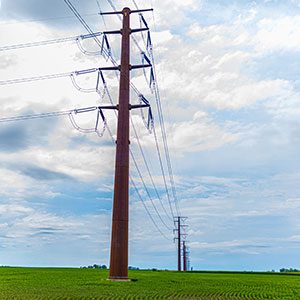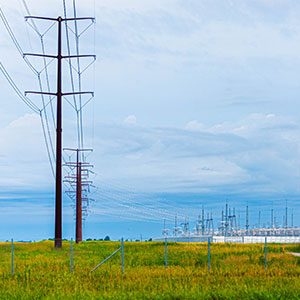Reducing Energy Demand and Controlled Outages
MidAmerican’s electric delivery system is connected to a regional grid that’s managed by an independent entity called Midcontinent Independent System Operator, or MISO.

If there is a situation where energy supply and demand is mismatched, MISO may direct member utilities, like MidAmerican, to reduce overall usage.
MidAmerican has plans in place to work with MISO to reduce demand and mitigate customer impact, including two opt-in "demand response" programs. Large commercial and industrial customers can enroll in our Curtailment program and reduce their energy use when called on to do so. Residential customers can sign up for SummerSaver, allowing MidAmerican to remotely adjust their smart thermostats or cycle their air conditioner compressors to conserve energy when demand is the highest.

In the unlikely event that those measures don’t meet the energy reduction MISO requests, it will require utilities to “shed load.” MidAmerican has a detailed contingency plan to implement controlled, rotating outages for groups of customers in what would most likely be intervals of 30 to 40 minutes. This load-shedding process is often referred to as rolling blackouts.
A controlled outage is a last resort to help protect the regional grid’s equipment from being overloaded, which could result in serious system damage and the potential for a more widespread and longer power disruption. A controlled outage event would end as soon as MISO determines that regional grid conditions have improved.